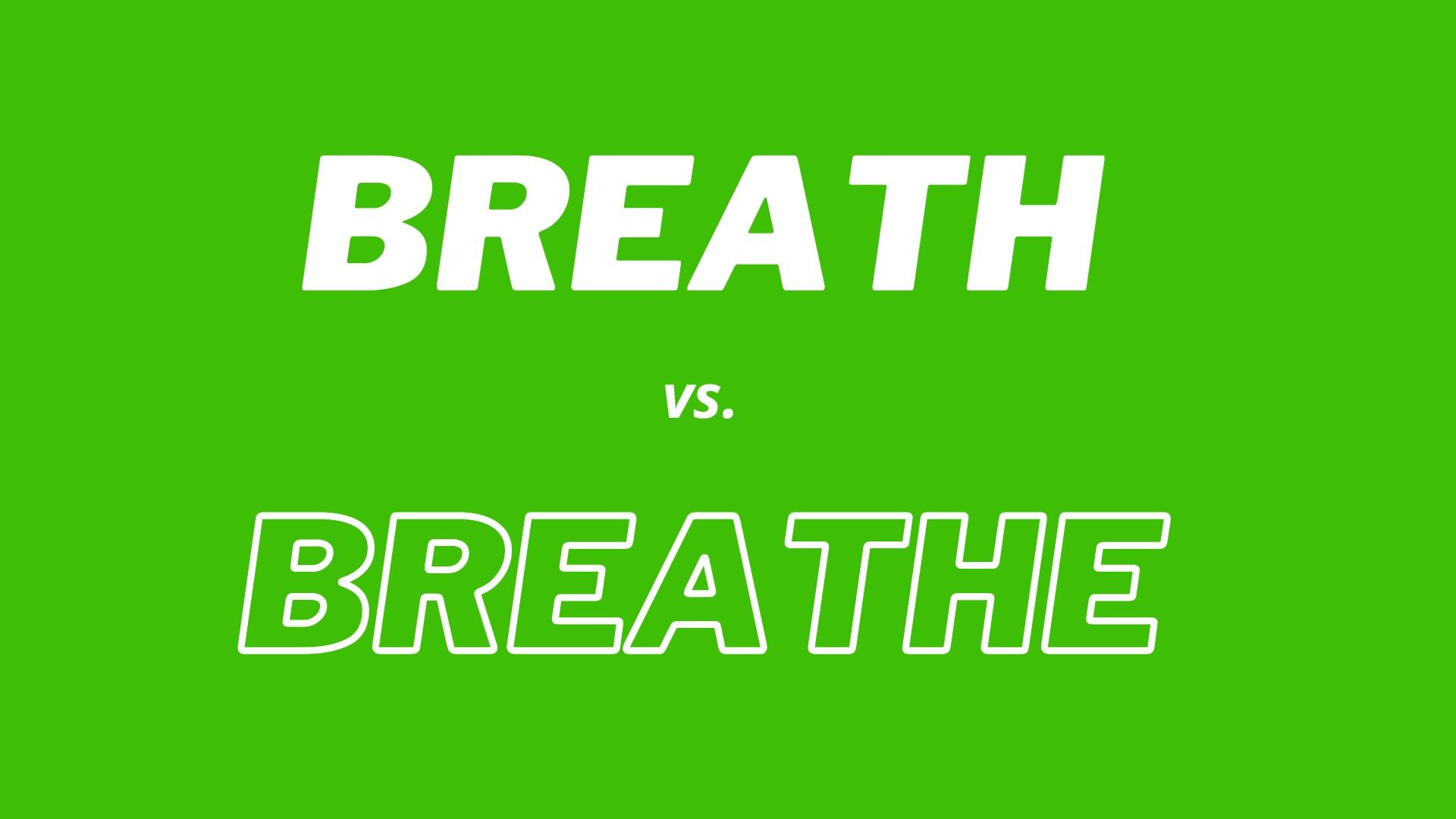

English language learners often find it difficult to differentiate between the noun and verb forms of "breath." This article seeks to explain the differences between these two words and provide ESL learners with helpful resources, tips, and exercises to help them understand the nuances of the language.
In English, the noun form "breath" refers to the air expelled from the lungs, while the verb form "breathe" describes the act of inhaling and exhaling. The noun "breath" is usually used to describe the air expelled from the lungs when someone breathes. It is also used to describe the air that is exhaled in the process of speaking or singing. The noun can also be used to indicate the smell of something or to describe the sound of something. The verb "breathe" describes the act of inhaling and exhaling air. It is used to describe the action of breathing as a result of physical activity or to describe the act of breathing in a relaxed state. It can also be used to describe the act of speaking or singing.
One typical example of the noun "breath" is in the phrase "catch your breath." This phrase describes pausing to take a few breaths, usually after performing a strenuous activity. It can also refer to a pause in the conversation or indicate a moment of hesitation. The phrase "take a deep breath" often indicates a calm and soothing tone of voice. It can also represent a person's ability to express themselves clearly and confidently.
The phrases "breathe in" and "breathe out" mean taking air into and out of one’s lungs through the nose or mouth. It can also be used when someone struggles to catch their breath or needs to calm down.
One common misconception is that the two words are pronounced the same. While "breath" and "breathe" are often pronounced similarly, they are not the same word. "Breath" is pronounced with a short "e" sound, while "breathe" is pronounced with a long "e" sound.
Here are some tips that can help make the teaching process easier:
Here are some of the best resources for learning "breath" and "breathe":
In conclusion, English language learners must understand the difference between "breath" and "breathe" to become fluent English speakers. By using visual cues, real-life examples, and practice exercises, ESL learners can better understand the language and learn the noun and the verb correctly.
Date: February 22nd, 2023
 Theresa
Theresa